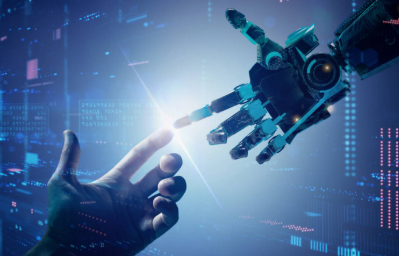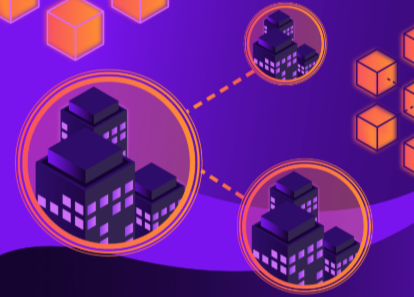The Future of Autonomous Robots in the Workplace
The integration of autonomous robots into workplace environments is reshaping operational dynamics. These systems can enhance productivity and reduce human error through precise execution of tasks. However, their implementation raises critical concerns regarding job displacement and ethical programming. Organizations must consider workforce preparation and innovation culture as essential components of this transition. As the landscape of automation evolves, the implications for labor and ethical standards remain complex and warrant further exploration.
Current Trends in Autonomous Robot Integration
How are organizations adapting to the increasing presence of autonomous robots in their operations?
Many are focusing on robot collaboration to enhance workplace efficiency. By integrating robots into diverse workflows, companies streamline tasks, reduce human error, and foster a synergistic environment.
This trend highlights a shift towards embracing technology, enabling a more flexible and responsive operational framework that aligns with the evolving demands of modern industries.
Read more: How Technology Is Making Our Homes More Efficient
Benefits of Autonomous Robots in the Workplace
While many organizations recognize the potential of autonomous robots, the specific benefits they bring to the workplace are becoming increasingly evident.
These robots enhance productivity through increased efficiency, enabling tasks to be completed more quickly and accurately.
Additionally, they facilitate cost reduction by minimizing labor expenses and decreasing operational errors, ultimately allowing businesses to allocate resources more effectively and drive overall growth.
Challenges and Ethical Considerations
As organizations increasingly integrate autonomous robots into workplace operations, they must also confront a range of challenges and ethical considerations that accompany this technological shift.
Job displacement remains a significant concern, leading to societal implications that warrant attention.
Additionally, ethical programming must be prioritized to ensure robots operate within moral frameworks, safeguarding human interests while promoting efficiency and innovation without compromising ethical standards.
Skills for the Future Workforce
Recognizing the transformative impact of autonomous robots, organizations must prioritize the development of specific skills within the future workforce to adapt effectively to this evolving landscape.
Emphasis on robotic skills will enhance workforce adaptability, enabling employees to collaborate seamlessly with automated systems.
Training programs should focus on technical proficiency and critical thinking, ensuring that workers can thrive in environments increasingly shaped by robotics and automation.
Conclusion
As organizations stand at the precipice of automation, akin to pioneers venturing into uncharted territories, the integration of autonomous robots heralds a transformative era. While the promise of enhanced efficiency and collaboration is enticing, the specter of job displacement and ethical dilemmas looms large. To navigate this evolving landscape, a concerted effort in workforce training and innovation must be prioritized, ensuring that humanity and technology coalesce harmoniously, forging a future that is both productive and equitable.






